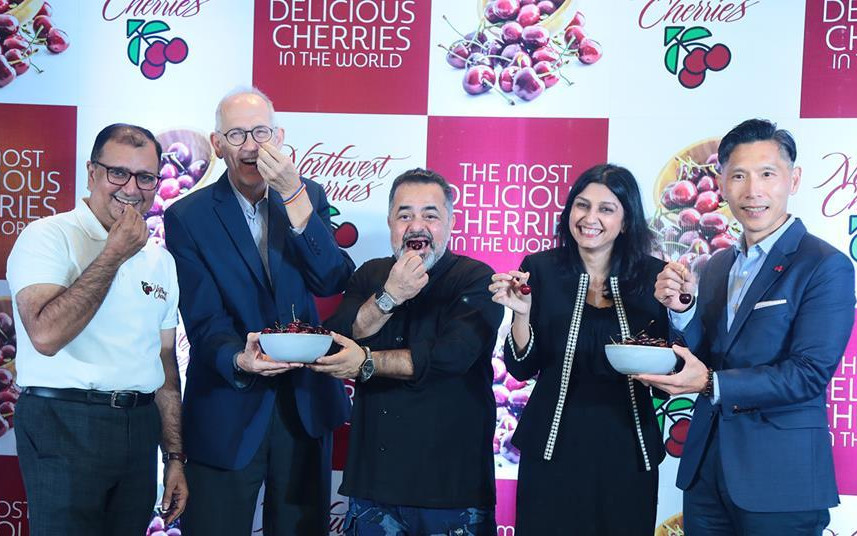The escalating threat of Drosophila suzukii (SWD) in the United States is driving efforts in combating this invasive berry-feeding fly, with a particular emphasis on biological control.
The SCRI project for the sustainable management of Drosophila suzukii, involving entomologists from various institutions, has highlighted the recent outcomes of national releases of the parasitoid wasp Ganaspis brasiliensis (G1 lineage), approved by the USDA Animal and Plant Health Inspection Service (APHIS) as a biocontrol method.
Incorporating 14 universities, three USDA laboratories, and two state agriculture departments, the SCRI project expanded its scope in 2022 involving entomologists in 12 states, and further broadened its impact involving 15 states the following year.
Prior to the recent releases of G. brasiliensis (G1), another parasitoid wasp, Leptopilina japonica, was accidentally introduced in British Columbia, subsequently spreading to other North American states.
Xingeng Wang, an entomologist at USDA ARS, and his team coordinated the releases and monitoring of the parental colony of G. brasiliensis (G1) in various states, highlighting the presence of wasps before and after releases and analyzing the seasonal dynamics of parasitism.
The results demonstrate a parallel between the onset of SWD and the appearance of parasitoid wasps, indicating a strong correlation between the two. This pattern was observed across various states, suggesting the potential success of the biological control method.
Wang advocates for continued research and monitoring of parasitoid wasps to better understand their adaptability and interaction with the surrounding environment, and promotes the combined use of chemical and biological tactics to effectively address the persistent threat posed by SWD.
In conclusion, the integrated approach to SWD management, involving the engagement of exotic natural enemies such as G. brasiliensis (G1) and L. japonica, emerges as a promising strategy to mitigate the impacts of this parasite in orchards.
Source: Growing Produce
Image: Antropocene.it
Cherry Times - All rights reserved











